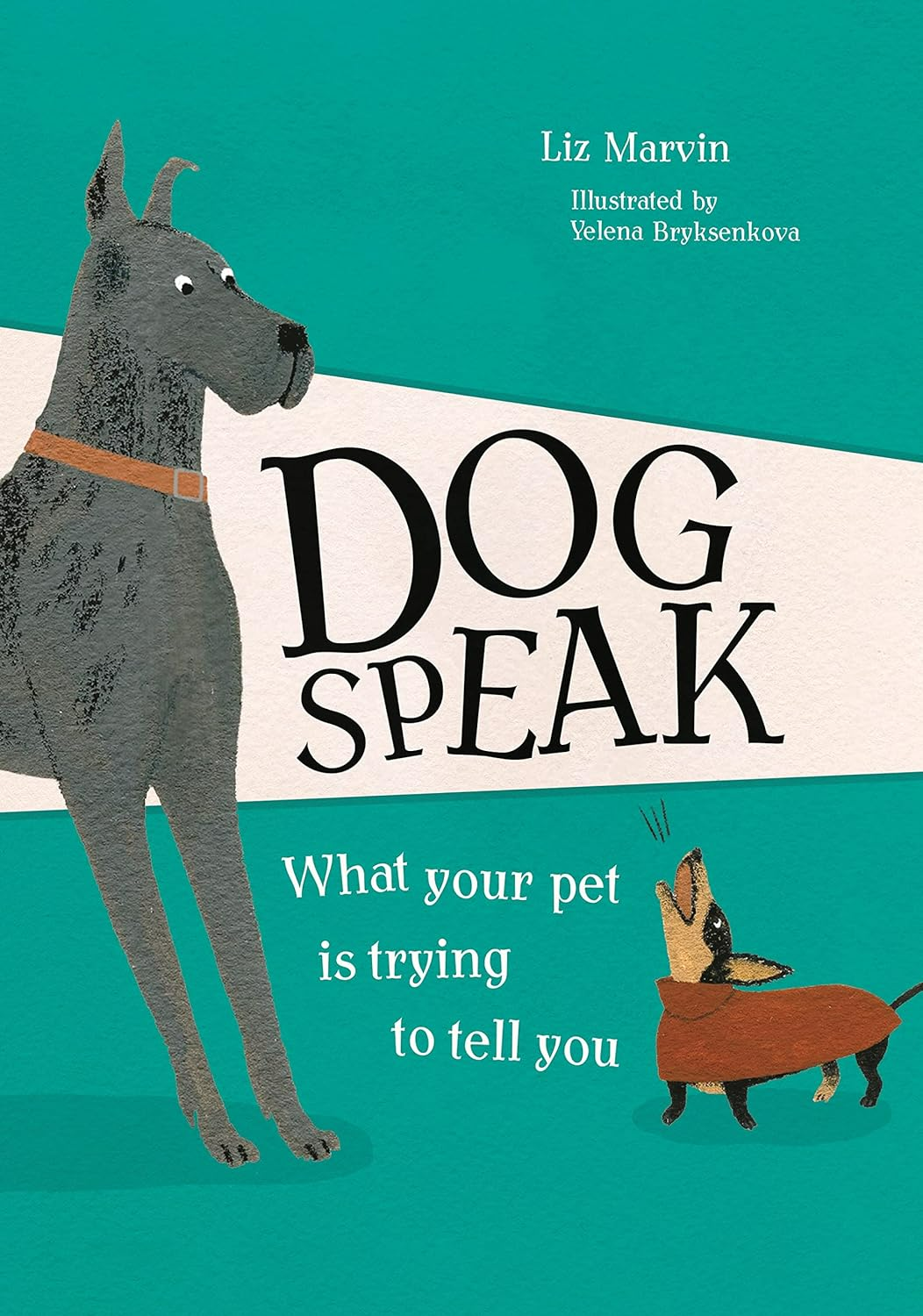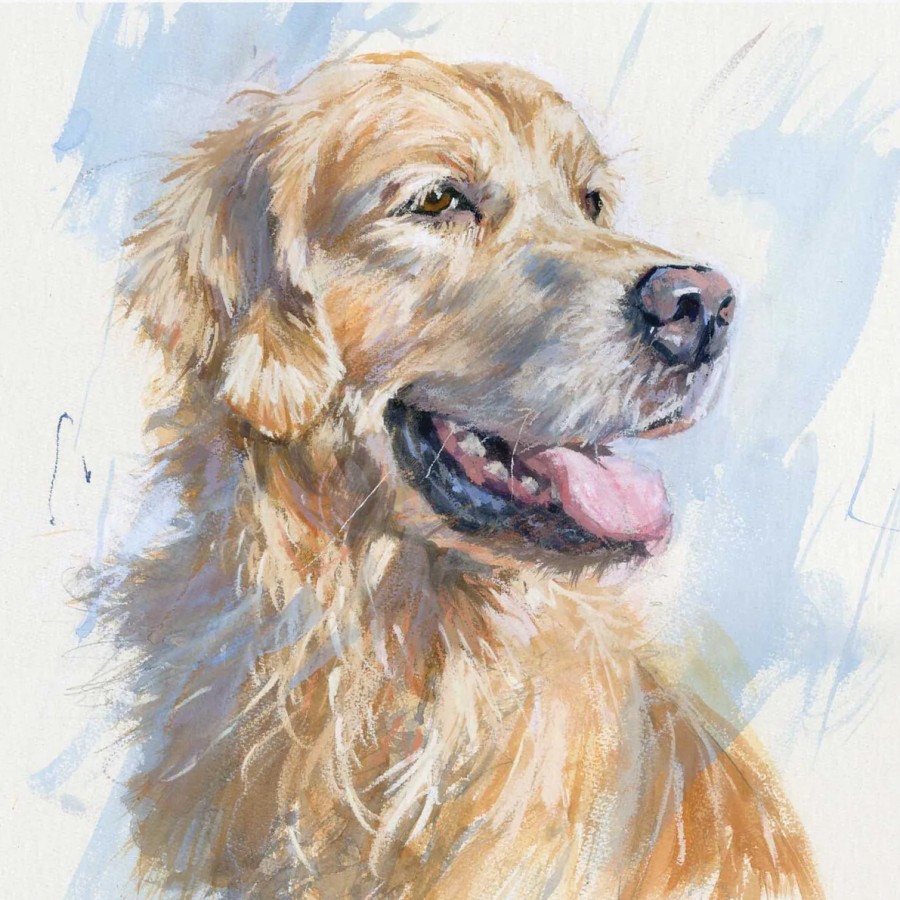
It’s important to train dogs so they come back when called for their own safety (and that of others) and to keep them nearby when scared (traffic, loud barks, fireworks etc). Most dogs who don’t recall or obey commands, is usually due to lack of trust. Dogs love to learn, so learn from the experts, not TV shows that often use methods not approved of by genuine dog trainers. Also read how to help prevent dog bites.
The Association of Pet Behaviour Counsellors is a network of friendly professional practitioners who work alongside a vet-led team to help behavioural problems in all species. It offers in-person and remote services (including internationally) and has useful free factsheets that you can download (by species and problem).
Steve Mann’s dog-training books
Steve Mann is one of the world’s most respected animal behavourists and dog trainers. Not only does he offer a lot of books on dog training (including by breed) but his book for children is ideal for anyone who just wants the simple basics.
His first books Easy Peasy Doggy Squeezy and Easy Peasy Puppy Squeezy were so popular, he now offers books by breed:
- Easy Peasy Labrador
- Easy Peasy Cocker Spaniel
- Easy Peasy Labradoodle
- Easy Peasy Cockerpoo
- Easy Peasy French Bulldog
Blue Cross campaigns against irresponsible breeding of brachycephalic pets (English/French bulldogs, pugs, Boston terriers, Cavalier King Charles spaniels, shih tzus, boxers and Persian cats) that find it difficult to breathe and are more at risk from heatstroke.
What Dogs Want is a fun illustrated guide to why dogs bark and what he or she is thinking. Learn how to avoid separation anxiety, and learn why dogs wag their tails. Learn how your dog’s brain works, so you can train them at any age from puppy upwards. The author is an animal behavourist who specialises in dogs and cats with behavioural problems (including aggression, fear, phobias, anxiety, barking, indoor toileting, destructive behaviours, urine marking/spaying, repetitive behaviour, mouthing/biting, pulling on the lead, jumping up and being anti-social (in other words, everything!)

Doggie Language is a lovely book by illustrator Lili Chin, whose works are often feature on posters for vet and behaviour clinics worldwide. Learn how to recognise facial signals in dogs to know if they are happy, scared or about to attack. By learning to spot signals of your dog’s body language, you help to make him or her happy, well-trained and safer to be around. Learn how your dog uses his ears, eyes, mouth, tail and posture to communicate with you. Also read What’s Up Pup?, on how dogs (even without words) can ask to play, get scratches or just say ‘I love you’. From sniffers and ears to muzzles and rears, from tail wags to tongue flicks and everything inbetween, learn how your pup ‘talks to you’.
Positive Training for Aggressive & Reactive Dogs features instructions and illustrations to help eliminate aggression, barking, timidity, fear and reactivity. It includes case studies and interviews with top trainers, vets and behaviourists. The author is a highly qualified dog trainer and behaviourist in the US, who specialises in training troubled dogs (especially ones that are reactive/aggressive to people or other dogs).
don’t learn from ‘celebrity dog trainers’

Respected dog trainer Dr Ian Dunbar is not a fan of celebrity dog trainers, saying that although their methods may work for them, they often don’t work for people at home, as they don’t have the skills or experience (and some of them even use choke collars, which are highly frowned upon, by positive dog trainers). Learning how dogs think is often key to stop them being jealous or aggressive.
Dog Speak uses whimsical illustrations to show how our canine friends communicate, whether it’s tilting their heads, chasing their tails or sitting on your feet. While we mostly rely on words to express how we feel, dogs mostly talk to us (and each other) through facial expressions, body language and other behaviour. The book for you, if you wonder why dogs wag their tails, stare hard or destroy your favourite pair of shoes.
Train Your Dog Online is an 8-week course based on kind effective methods by one of the nation’s best dog trainers. Perfect for puppies and rescue dogs, it will your dog not to pull on the lead, work with distractions, respond quickly and calmly and leave things alone that you don’t want them to touch!
How to Train Your Dog shows how to use simple proven ways to solve behavioural issues, by learning how dogs think and how they may struggle with certain things. Learn how to recall and train on the lead, stop excessive barking and jumping up, how to keep dogs safe around other dogs and children, and how to stop chewing, biting and destructive behaviour. How to Raise the Perfect Dog is also by the popular founder of Southend Dog Training. Ideal for the first 12 months, this is the no-nonsense gudi eto positive training that puts your pup at the centre, to build a bond for a lifetime.
how to train a fearful or anxious dog

Bark! is a guide for anyone who is living with an anxious, fearful or reactive dog. Learn how to heal such issues using positive reinforcement from certified dog trainer and animal behaviourist Zazie Todd. If your dog bites, guards food or shows aggression, know that 75% of dogs struggle with fear-based behaviour and require support and understanding, to feel safe and secure.
Decoding the latest canine science, Zazie shows readers who to address the root causes of canine fears (loud noises, vets, separation anxiety and other dogs) and manage natural fear responses. Learn how to keep your dog, yourself and others safe when your dog is fearful or reactive, and learn how to create safe havens for your dog. Compassionate yet rooted in science, this book can help you and your dog lead a safe and happy life. The author is an honors graduate of the Academy for Dog trainers, affiliate member of the American Veterinary Society of Animal Behaviour and adjunct professor at Canisius College (a private university in New York).
science & practice of positive dog training
Barking Up The Right Tree is a book by renowned dog trainer (and vet) Dr Ian Dunbar, who makes the case that dog training has lost its way and become too complicated and less effective. We must return to quick, easy and enjoyable methods that work.
Not so long ago, dog training comprised multiple leash corrections, but Dr Dunbar’s positive approach introduced back in 1982 focused on teaching and rewarding dogs for desirable responses. While his method is now widely adopted, it has strayed from the original quick and easy approach. It’s still important that we know it’s unrealistic to expect dogs to stop acting like dogs. Dr Ian lives in California.






